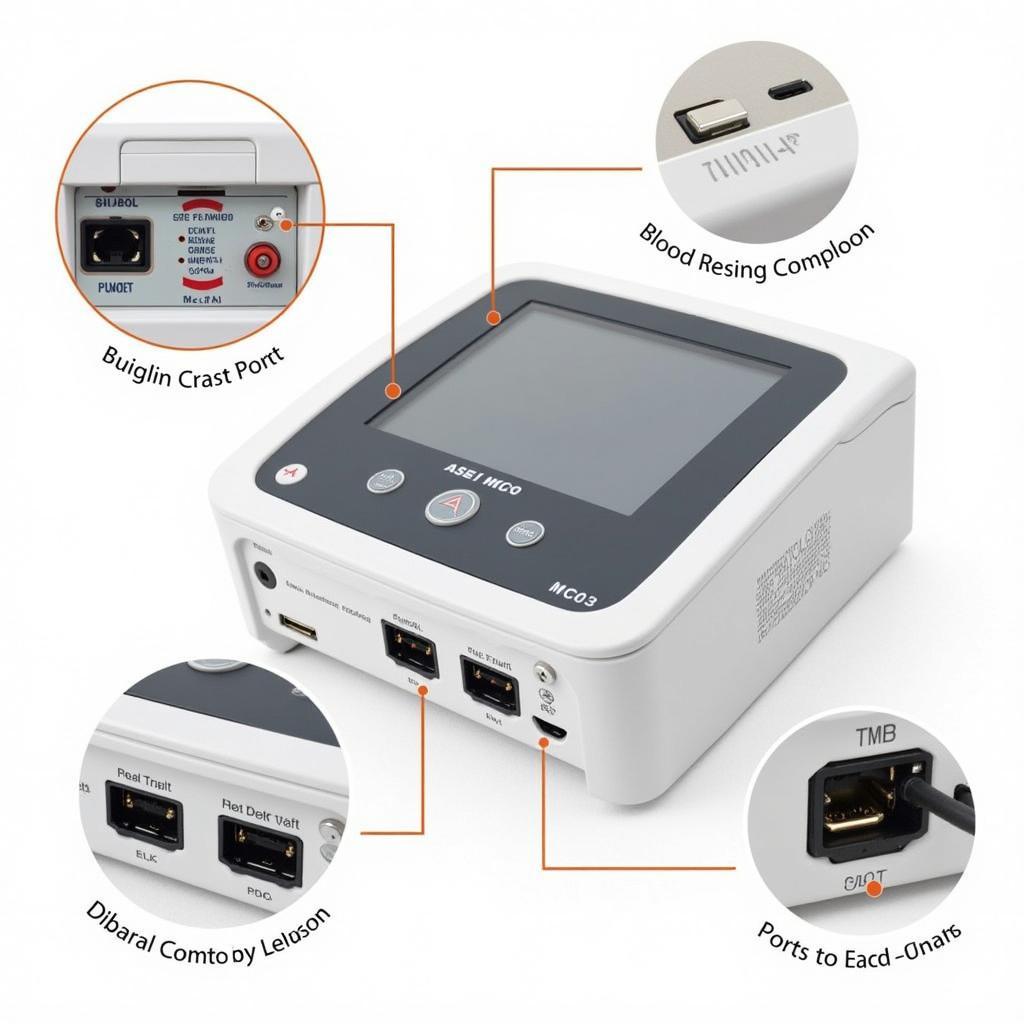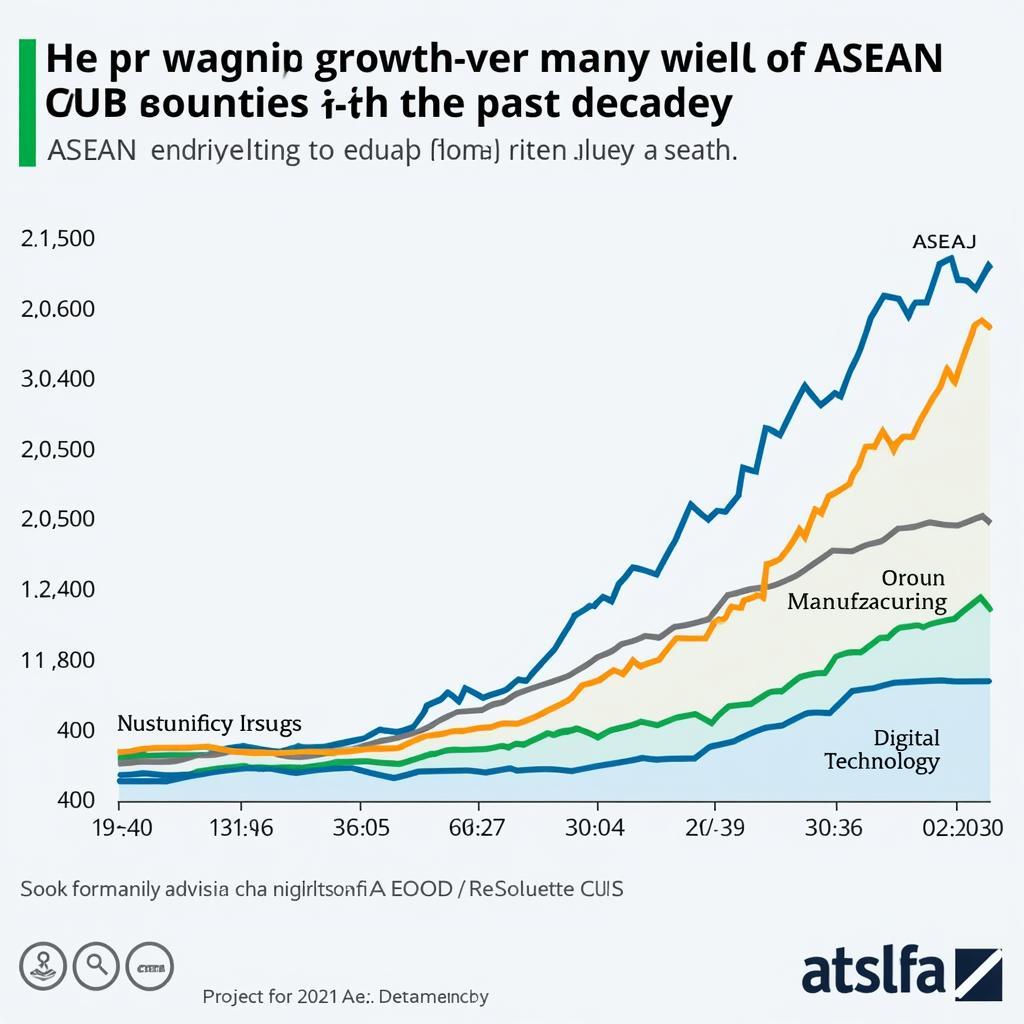The terms “ASEAN” and “Asia” are often used interchangeably, leading to some confusion. While geographically close and culturally intertwined, they represent distinct entities. This article delves into the key differences between ASEAN and Asia, shedding light on their individual characteristics and significance on the global stage.
Defining Asia: A Continent of Diversity
Asia, the world’s largest and most populous continent, stretches across a vast expanse encompassing diverse cultures, languages, and religions. From the snow-capped Himalayas to the tropical rainforests of Southeast Asia, its geographical diversity is unparalleled. Home to ancient civilizations and modern metropolises, Asia is a melting pot of tradition and innovation.
ASEAN: A Regional Bloc Fostering Integration
ASEAN, the Association of Southeast Asian Nations, is a political and economic union of 10 Southeast Asian countries: Brunei, Cambodia, Indonesia, Laos, Malaysia, Myanmar, the Philippines, Singapore, Thailand, and Vietnam. Established in 1967, ASEAN aims to accelerate economic growth, social progress, and cultural development among its members.
 Flags of ASEAN member states
Flags of ASEAN member states
Key Differences: Scope and Focus
The primary difference lies in their scope. Asia is a continent, while ASEAN is a regional organization within Asia. This fundamental distinction shapes their respective focuses:
- Geographical Coverage: Asia spans the entire continent, while ASEAN focuses solely on Southeast Asia.
- Mandate: Asia, as a continent, lacks a unified governing body. Conversely, ASEAN operates under a charter promoting cooperation and integration among its member states.
- Objectives: Asia’s diversity results in a wide range of developmental goals. ASEAN, on the other hand, concentrates on regional issues like trade, security, and cultural exchange within its bloc.
Intertwined Destinies: ASEAN’s Role in Asia
Despite their differences, ASEAN and Asia are inextricably linked. ASEAN plays a crucial role in shaping the Asian narrative.
- Economic Powerhouse: ASEAN’s economic clout is rapidly growing, establishing the region as a key driver of Asian growth.
- Political Influence: ASEAN serves as a vital platform for dialogue and cooperation on regional and global issues, amplifying Southeast Asia’s voice on the international stage.
- Cultural Bridge: ASEAN promotes cultural exchange and understanding, contributing to a shared Asian identity amidst the continent’s rich diversity.
“ASEAN’s success in fostering regional integration serves as a model for other parts of Asia grappling with similar challenges,” notes Dr. Wei-Ling Lim, a prominent scholar of Southeast Asian Studies.
Looking Ahead: Shared Challenges and Opportunities
Both ASEAN and Asia face shared challenges such as climate change, poverty, and geopolitical tensions. However, these challenges also present opportunities for collaboration and innovation. By leveraging their strengths and addressing these issues collectively, ASEAN and Asia can ensure a prosperous and sustainable future for all.
Conclusion
Understanding the difference between ASEAN and Asia is essential to navigate the complexities of this dynamic region. While Asia provides the vast canvas, ASEAN adds a vibrant brushstroke, showcasing the power of regional integration and cooperation. As ASEAN continues to evolve, it will undoubtedly play an increasingly significant role in shaping the future of Asia and its place in the world.
FAQ
1. What is the main objective of ASEAN?
ASEAN aims to promote economic growth, social progress, and cultural development among its ten Southeast Asian member states.
2. How does ASEAN contribute to Asia?
ASEAN boosts Asian economic growth, provides a platform for political dialogue, and fosters cultural understanding within the continent.
3. Are there any countries that are part of both Asia and ASEAN?
Yes, all ten ASEAN member states (Brunei, Cambodia, Indonesia, Laos, Malaysia, Myanmar, the Philippines, Singapore, Thailand, and Vietnam) are located within the continent of Asia.
4. What are some of the challenges faced by both ASEAN and Asia?
Both entities grapple with issues like climate change, poverty, and geopolitical tensions, necessitating collaborative solutions.
5. Where can I find more information about ASEAN and its initiatives?
You can explore resources like ASEAN’s official website or publications from reputable think tanks specializing in Southeast Asian affairs.
For those seeking more insights into the dynamics of ASEAN and its member states, consider exploring related articles on our website:
If you require further assistance, our dedicated customer support team is available 24/7 to address your queries. You can reach us via phone at 0369020373, email at aseanmediadirectory@gmail.com, or visit our office located in Ngoc Lien Village, Hiep Hoa, Bac Giang, Vietnam. We’re here to help you navigate the complexities of ASEAN and Asia.


